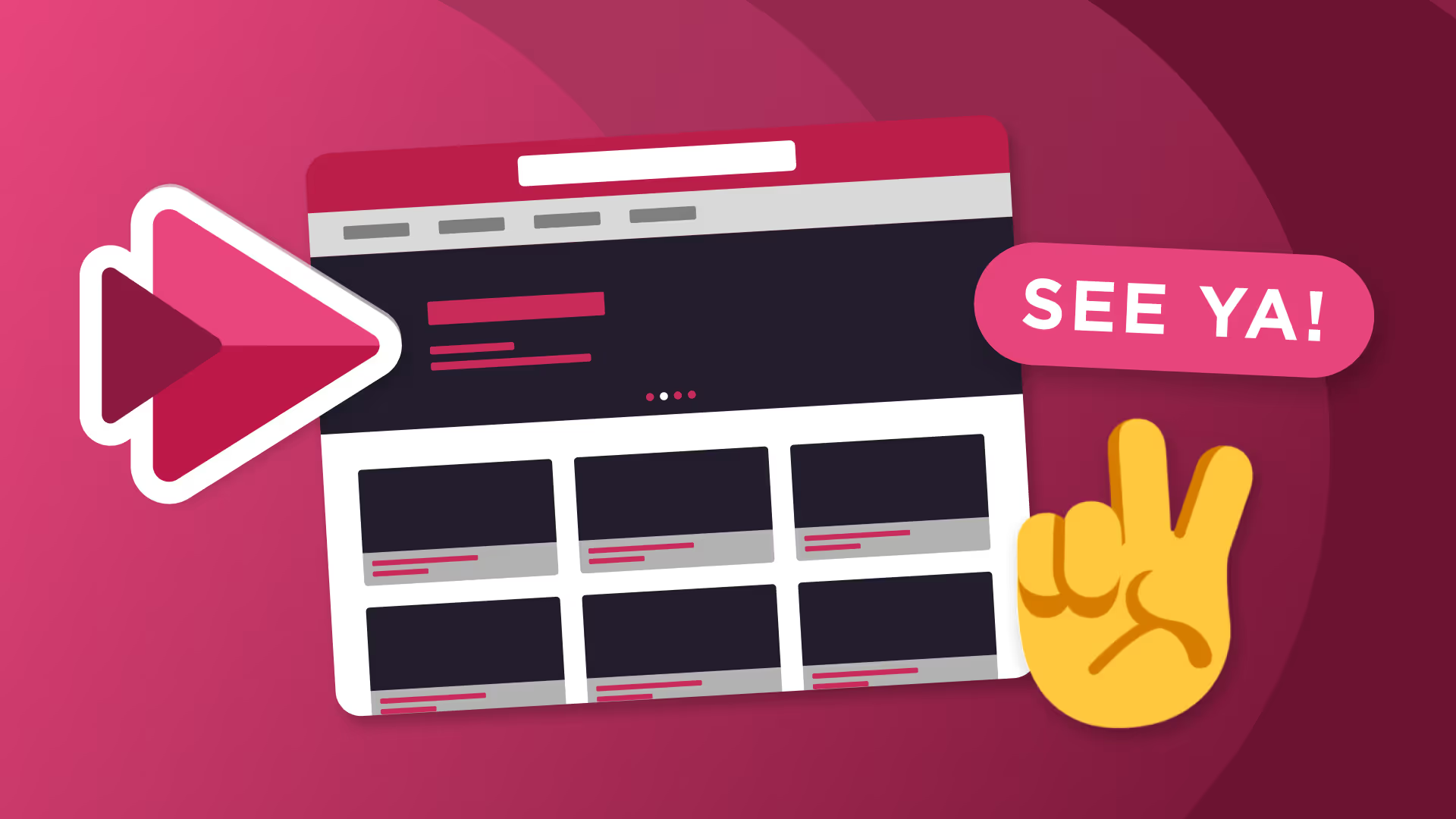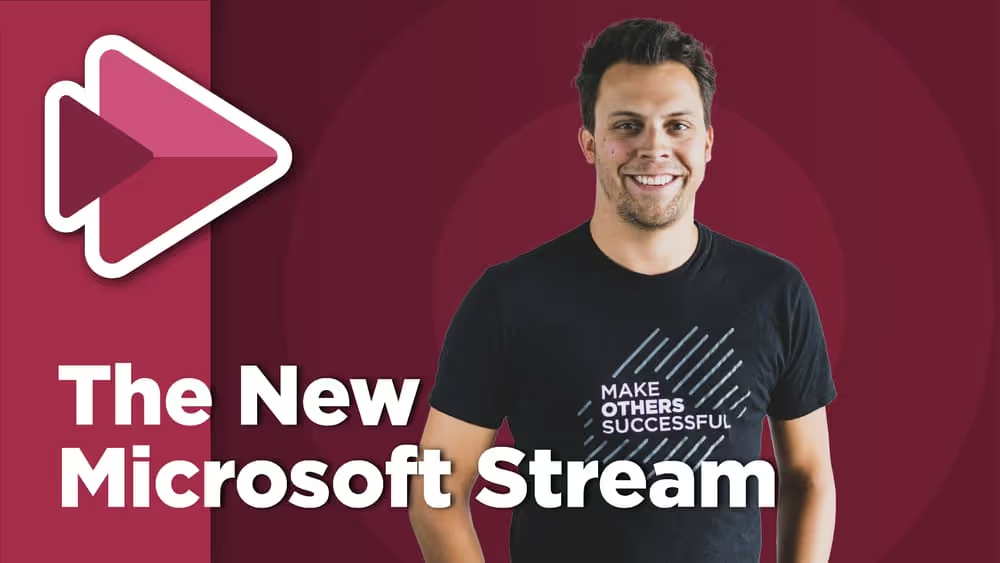Stream is Going Away in 2024
Microsoft has officially announced a decommissioning date for Stream Classic (Feb 15, 2024). This announcement comes after 3 years of work Microsoft has been doing to create the new version of Stream built into SharePoint and OneDrive.
Anyone who has video content on Stream Classic must take action before that date to keep their content. This article will help you know where to go to get the latest information about this transition.
Does this apply to me?
NOTE: This does not apply to GCC customers. Microsoft is working to get their migration tool certified as compliant in GCC environments. Once this happens, they will announce a timeline that is specific to GCC. This timeline will be similar to what they have for commercial.
If you don’t know if you are currently using Stream Classic, you can check by going to https://stream.office.com. This will take you to the landing page for Stream on SharePoint. From there you can click the link to open Stream (Classic).

This will take you to the home page. From here you can browse the content you have access to. If you are an administrator, you can also enable the “admin mode” and browse all the content in Stream Classic.

If you browse around and don’t see any content that is important, you can simply let the decommissioning data come and go. Just know that this content will be permanently deleted.

SELF ASSESSMENT
Is your business getting full value from your M365 subscription?
Billions of dollars are wasted each year on underused subscriptions. Take 3 minutes to find out where your tools are driving results, and where they’re holding you back.
Find Out Now

Is Team Communication Holding You Back?
Find Out in Just 2 Minutes.
Take our quick scorecard to uncover communication gaps and hidden barriers within your team.
Timeline
Microsoft has created a progression of events culminating in the retirement of Stream Classic on February 15, 2024. You can find the latest timeline here.
In addition, Microsoft is sending Admin Center messages to keep all their customers updated. Below is a graphic of the key dates as of the writing of this blog post - please note these timelines could change.

What Should You Do?
If you’ve determined you need to take some action to migrate content from Stream Classic to Stream on SharePoint, you should do the following:
Familiarize yourself with the content you have in Stream Classic
Earlier we showed a way to get do a cursory check to see if you have any data on Stream Classic. You should take the next step to pull a full report of all the content on Stream Classic. This can only be done by administrators and requires familiarity with PowerShell and Power BI. You can check out some details regarding this in our other blog from this series.
Checkout that blog post here 👌
Familiarize Yourself with Microsoft’s Timeline
Microsoft has several different steps in their overall timeline. Some events could be delayed. Some events may not apply to your organization. You should review the raw timeline and build a timeline that you want to push for. My recommendation would be to try to be done migrating well before Microsoft’s official timeline.
Familiarize Yourself with Stream on SharePoint
Stream on SharePoint is not a direct replacement for Stream Classic. It is a “reimagination” of the features within Stream Classic in the context of SharePoint and OneDrive. Thus, things will work differently than they do in Stream Classic. You should start to understand the differences between the two approaches so you can understand how you can best migrate your existing data.
We will be publishing a blog in the near future that will give further instruction for this as well 😊
Create a Plan for Migration
Once you have all of the above steps complete, you will want to create a migration plan that will work for your organization. If your plan can’t fit within Microsoft’s published plan, I would recommend contacting Microsoft early to determine if there is anything they can do to help with your specific scenario.
Resources
- Previous videos/blogs about Stream from Bulb
- Other blogs/videos in this series.
- https://learn.microsoft.com/en-us/stream/streamnew/stream-classic-to-new-migration-overview#upcoming









.avif)




